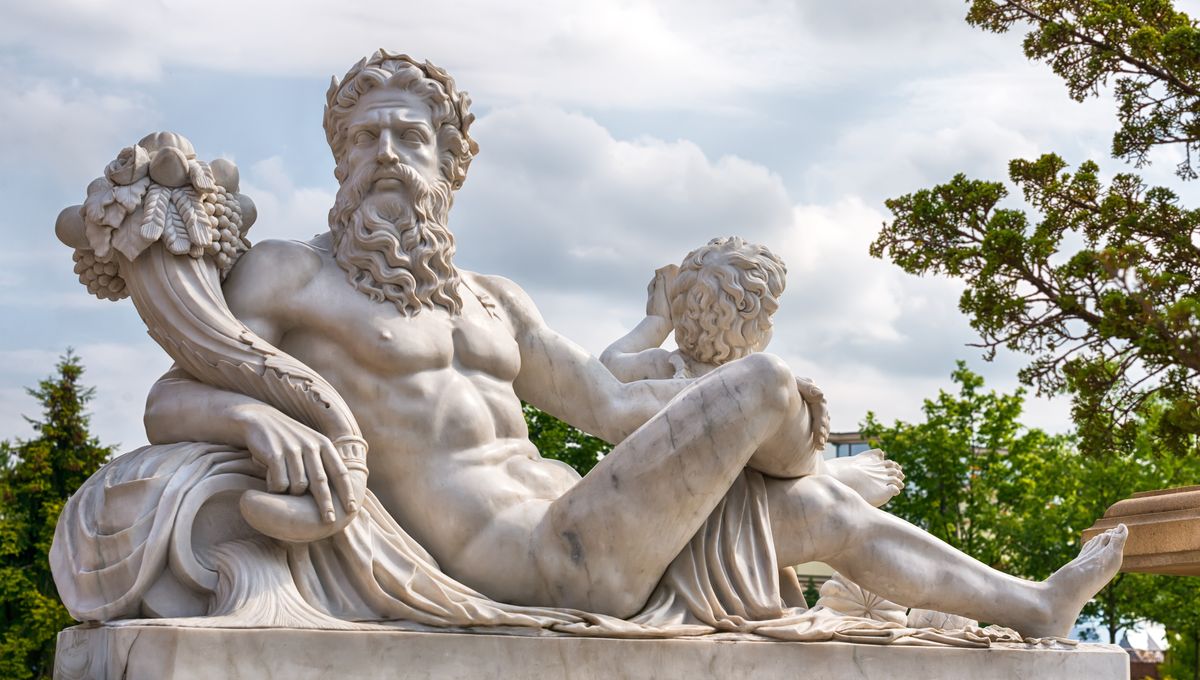
Greco-Roman sculptors created artworks with more than just visual beauty in mind, and strove to indulge all of the senses in their masterpieces. According to new research, this also included the sense of smell, which was aroused by smothering ancient statues in rose-scented perfumes and other delightful fragrances.
ADVERTISEMENT
“This idea of scented statues has been raised by scholars before in relation to cult statues,” explained study author Dr Cecilie Brøns in an email to IFLScience. “In my study I have tried to gather the various sources to this phenomenon, which appears to have been more common than expected.”
Examining various ancient texts, Brøns found that the practice of applying perfumes to sculptures is described with surprising regularity. The great Roman statesman Cicero, for example, wrote about how the residents of Segesta in Sicily anointed a statue of the huntress goddess Artemis with “precious unguents,” as well as “frankincense and burning perfumes.”
The Greek poet Kallimachos, meanwhile, described a sculpture of the Egyptian queen Berenice II as “wet with perfume”, while other texts by the likes of Pliny the Elder and Vitruvius also allude to the pungent practice. In her paper, Brøns explains that inscriptions found in various temples in Delos, Greece, “specifically state that the perfume used is myron rhodion: perfume made from roses.”
Based on these ancient sources, two separate methods of applying perfumes to Greco-Roman statues can be identified. The first, known as ganosis, involved mixing waxes and fragrant oils in order to enhance the aroma of these ancient artworks. Among the ingredients used for this practice were beeswax and olive oil.
A second technique, called kosmesis, made use of protective oils in order to preserve the statues.
The Homeric Hymn to Aphrodite, for instance, recounts the kosmesis of Aphrodite in her sanctuary on the island of Paphos. According to Brøns, “these descriptions are not metaphorical, but in fact relate to actual rituals carried out for the statues of the divinities.”
ADVERTISEMENT
In addition to smelling wonderful, Greco-Roman statues were also brightly colored and often draped in jewelry, fabrics, and garlands. Indeed, while these ancient pigments have now long since faded, Brøns writes that “it is now recognized as an established fact that ancient artworks whether in wood, terracotta or stone, were painted.”
“In some cases they were also scented, which would have made the experience of them not only a visual one but also an olfactory one,” she continues.
Ultimately, she says, these sculptures would have been appraised according to their degree of mimesis, or “imitation of life”. However, Brøns explains that “this does not mean that the artists necessarily strove for naturalism or realism in the modern sense, but rather that they sought to express human or divine life at its highest potential.”
The use of perfumes, therefore, was designed to help “the viewer to imagine the scents the sculpture would have emitted if it was real/living.”
ADVERTISEMENT
The study is published in the Oxford Journal of Archaeology.
Source Link: Ancient Greek And Roman Statues Were Meant To Be Sniffed – And They Smelled Divine